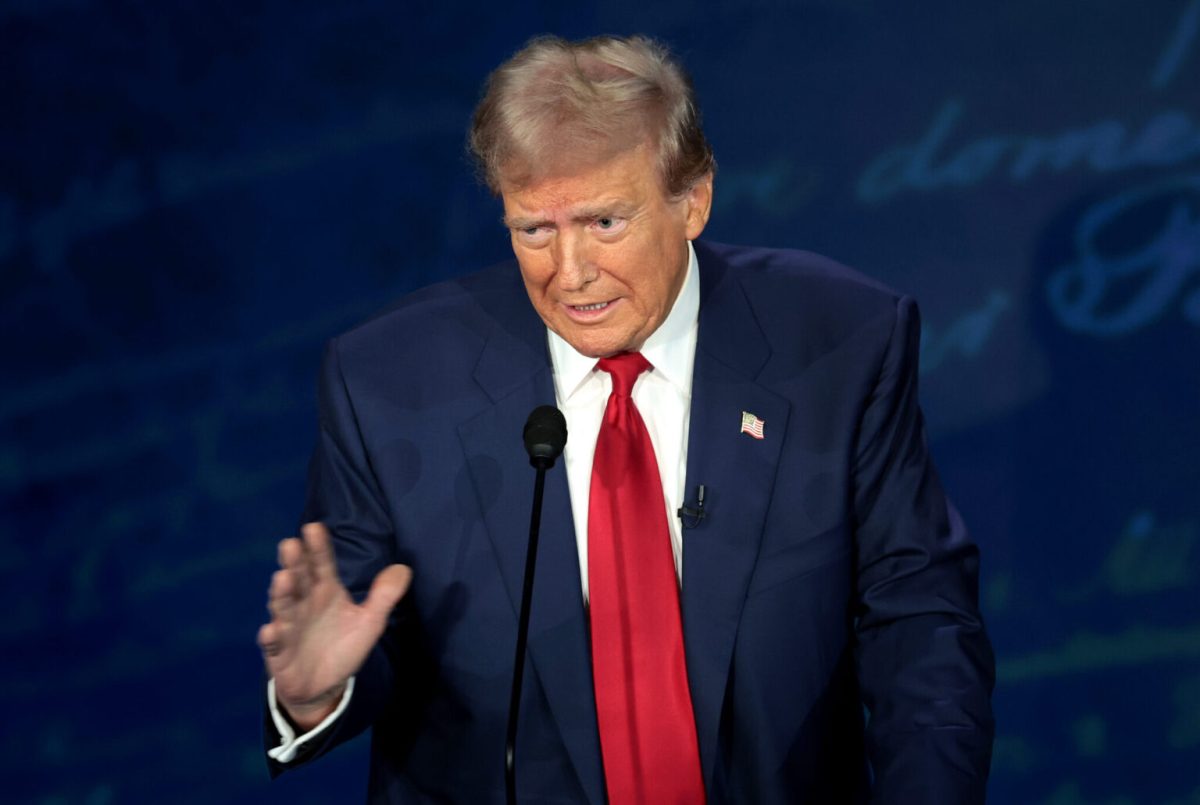Election day has come and gone. It usually takes a few days to figure out the results of the presidential election, but the winner was called in the early morning hours on Wednesday, Nov. 6: Donald Trump is set to be the next president of the United States of America.
Trump will be returning to the White House with a Republican Senate. Although the House has yet to be called, it is looking that it too will be taken by a Republican razor-thin majority once again. This means when President-elect Trump takes the White House on Jan. 20, 2025, he will likely have all the resources and support he needs to act upon his campaign promises. These promises range from ending the war in Ukraine to the mass deportation of immigrants.
However, that was not the only thing on the ballot, especially in Wisconsin. Tammy Baldwin will return to the Senate next year. She will be heading to D.C. with six Republican House Representatives and two Democratic House Representatives. In the State Senate race, the Republican party lost its supermajority but still holds the overall majority.
This means it will be harder for the Republican Party to overrule and veto Governor Evers. The Republicans also held a majority in the State Assembly with 52 seats to the Democrats’ 44. Most of this was because of the redesigning and redrawing of the maps which made a bunch of districts and races into actual contests between the two parties. This makes everything tense with 2026 being the first chance for Democrats to take Senate, Assembly and Governorship since 1986.
An additional thing that was on the Wisconsin ballot was a measure with the goal of limiting noncitizen voting on the state and local levels. Legal noncitizens are not allowed to vote in national elections but can vote in local elections for mayor and school board representatives seeing how they live in communities where these votes happen. However, largely due to fear of immigrants voting in national elections, Wisconsinites voted to take away legal noncitizen voting in local elections.
The Platteville School District also had a referendum on the Nov. 5 ballot asking for more funding for staff wages and healthcare that did not pass by about 300 votes. However, Platteville and some of the local school districts in the surrounding area seem to be the exception and not the rule this past election. Only 30 referendums out of the 138 proposed this past year failed. This means that over 3.4 billion dollars will be given out to many different school districts to help with the funding crisis. Most of the failed referendums are going to be rewritten and reworked in hopes to get them on the ballot for the spring elections or next fall’s election.




